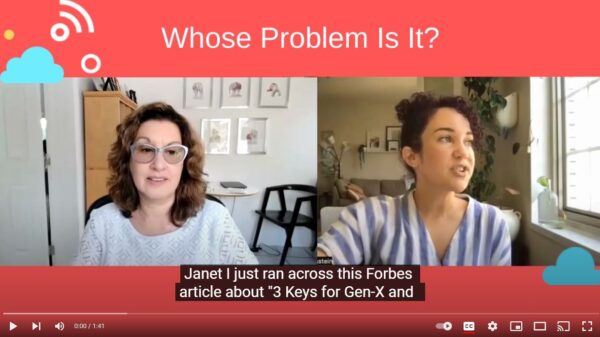How Pandora Cut Turnover by 25%: Lessons in People Strategy and Manager Development
In the competitive world of retail stores and sales, Pandora’s recent transformation and success shows how smart hiring and training practices works in a world where others struggle to hire and retain younger workers.









